Supervolcanoes that could destroy humanity
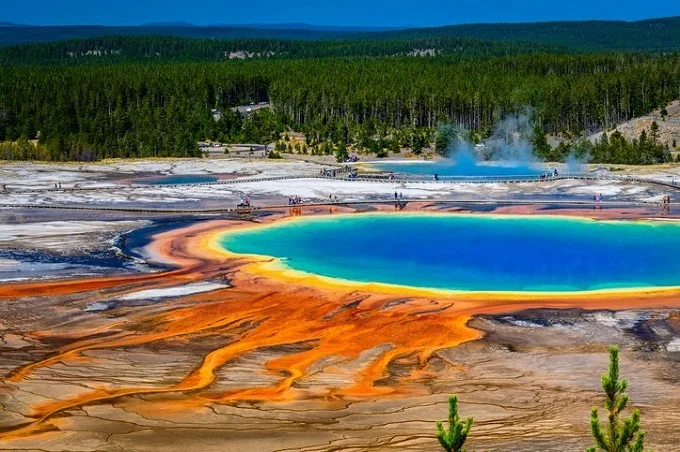
Natural disasters are bad because they are difficult to predict. Even with modern technology, humanity misses the beginning of cataclysms or is not ready for them. For example, the earthquake and subsequent tsunami in 2011 in Japan claimed the lives of almost 16 thousand people and led to serious destruction.
Volcanic eruptions in the past led to a large number of victims, but today it has become easier thanks to the development of science and technology. Several factors make it possible to predict an eruption and evacuate people from the danger zone in advance.
But this only works with ordinary volcanoes. There are several supervolcanoes on Earth, predicting the eruption of which does not make sense due to the fact that then the entire planet will have to be evacuated. Here are a few supervolcanoes that could destroy humanity
1. Toba catastrophe theory
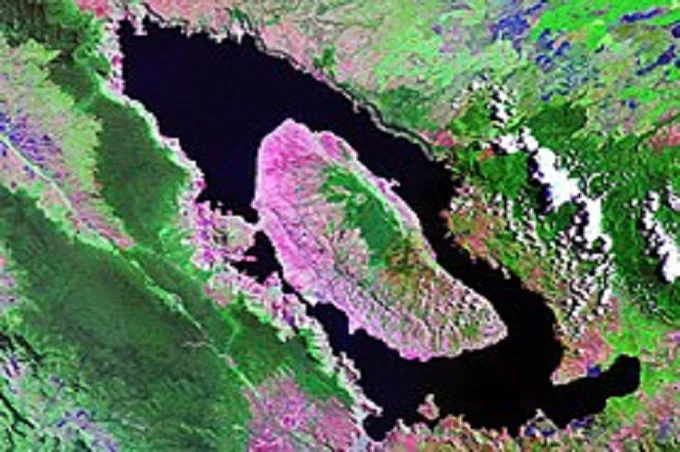
The Toba eruption was a supervolcanic eruption that occurred around 75,000 years that led to a reduction in the human population to 2 thousand people due to a decrease in temperature on the planet and the death of many species.
Today, on the site of the Toba supervolcano in Indonesia, there is a lake of the same name located inside a huge caldera. So that you understand the scale, it reaches 87 kilometers in length and 27 kilometers in width. Imagine what would happen if lava and ash went through such a huge vent. Humanity is unlikely to survive the consequences of the Toba eruption, and we are lucky that this volcano continues to sleep.
2. La Garita Caldera
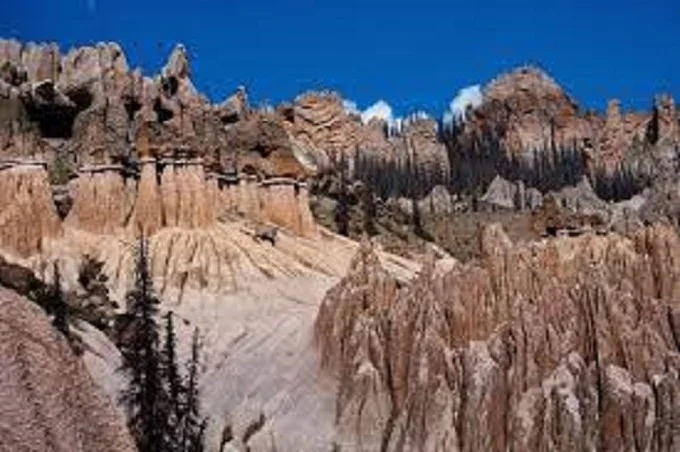
La Garita Caldera is a giant volcanic caldera located in the USA. Approximately 26-28 million years ago, this supervolcano woke up and began to erupt, releasing huge gases into the atmosphere. It is believed that the ash stream covered an area of 30 thousand square kilometers with an average thickness of 100 meters.
To get the latest stories, install our app here
And during the eruption, it threw out twice as much material as the Yellowstone supervolcano, which was advertised in the media. To make it clearer, during the eruption of the supervolcano La Garita, about 5,000 times more energy was released than during the explosion of the most powerful atomic device created by man, the Tsar Bomba.
Today La Garita is considered an extinct volcano, but who knows, maybe in the future, if the giant wakes up again, we will have to urgently move to Mars.
3. Yellowstone Caldera

As we mentioned above, the Yellowstone Caldera, located in the United States on the territory of Yellowstone National Park, is the most widespread supervolcano in the world. Stories regularly appear in the media that scientists are registering the activity of a supervolcano, but, fortunately for us, the giant is still sleeping.
Yellowstone volcano has produced at least three giant eruptions. For example, 2.1 million years ago, huge chunks of rock were ejected from explosions to a height of 50 kilometers. The amount of magma ejected was 2.5 thousand cubic kilometers, which is only slightly less than the eruption of Toba.
To date, the risk of a giant Yellowstone eruption is only 0.00014% per year. However, these are approximate values, and no one can predict with certainty when the giant will wake up. But you can be sure that if this happens, the whole world will have a hard time, not just the United States.
4. Taupō volcano
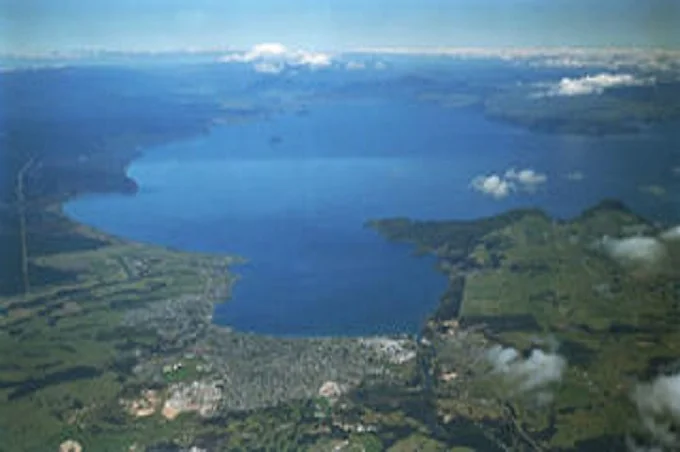
The crater of the Taupō volcano, located in New Zealand, is filled with water today and is a lake of the same name, with an area of 623 square kilometers. 26.5 thousand years ago, the supervolcano began to erupt, and it became the largest eruption in the last 70 thousand years, giving way only to Toba. Then the force of the eruption reached 8 points on the VEI (The Volcanic Explosivity Index) scale, and more than 1.5 thousand cubic kilometers of various types of rocks were thrown into the air. In 180 BC, the volcano erupted again, ejecting 120 cubic kilometers of material.
The eruption was so strong that its consequences were noted in the Roman and Chinese chronicles, which described the “red sky” phenomenon.
5. Cerro-Galan

The Cerro Galan supervolcano caldera is located in the Central Andes in Argentina. And this is one of the largest open volcanic craters measuring 35 by 25 kilometers and with a volume of about 2 thousand cubic kilometers.
The last major eruption of a supervolcano occurred about 2.2 million years ago. Then about 1 thousand cubic kilometers of material was thrown into the air, and according to this indicator, the eruption of Cerro Galan is one of the largest in the planet’s history. The power of the explosion was so great that the debris was scattered for 100 kilometers around.
6. Vilama

The Vilama Caldera is located on the territory of Argentina and Bolivia and is part of the Central Volcanic Zone. About 8.5 million years ago, a powerful eruption occurred here, which released about 2.1 thousand cubic kilometers of rock, scattering it for tens of kilometers around. Later, several more eruptions occurred, and even after the caldera collapse, volcanic activity continued.
To get the latest stories, install our app here
7. La Pacana

Another supervolcano of South America is located in the north of Chile. The eruption of the La Pacana supervolcano, which occurred 4.2 million years ago, is the fifth largest eruption in history. Then 3.5 thousand cubic kilometers of rock were thrown out, which probably affected the climate of South America and the whole world. The last major eruption of La Pacana occurred 3.8 million years ago, and volcanic activity ended 2 million years ago. At the moment, Pakana is a dormant supervolcano that does not show activity.
8. Pastos Grandes
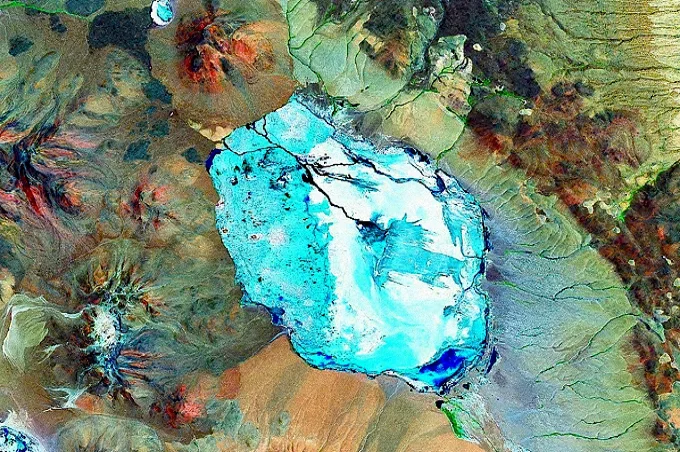
This supervolcano is also part of the Andes and is located on the territory of Bolivia. The crater of the supervolcano Pastos Grandes has dimensions of 35 by 40 kilometers and a depth of at least 400 meters. There have been several powerful Pastos Grandes eruptions in the past, the largest of which was the last 2.89 million years ago when a supervolcano ejected 1.5 thousand cubic kilometers of rock and gases.
Unlike most of the supervolcanoes listed above, Pastos Grandes continues its activity, as evidenced by the high water temperature in the lakes located in the crater and activity in the valley of the El Tatio geysers.




